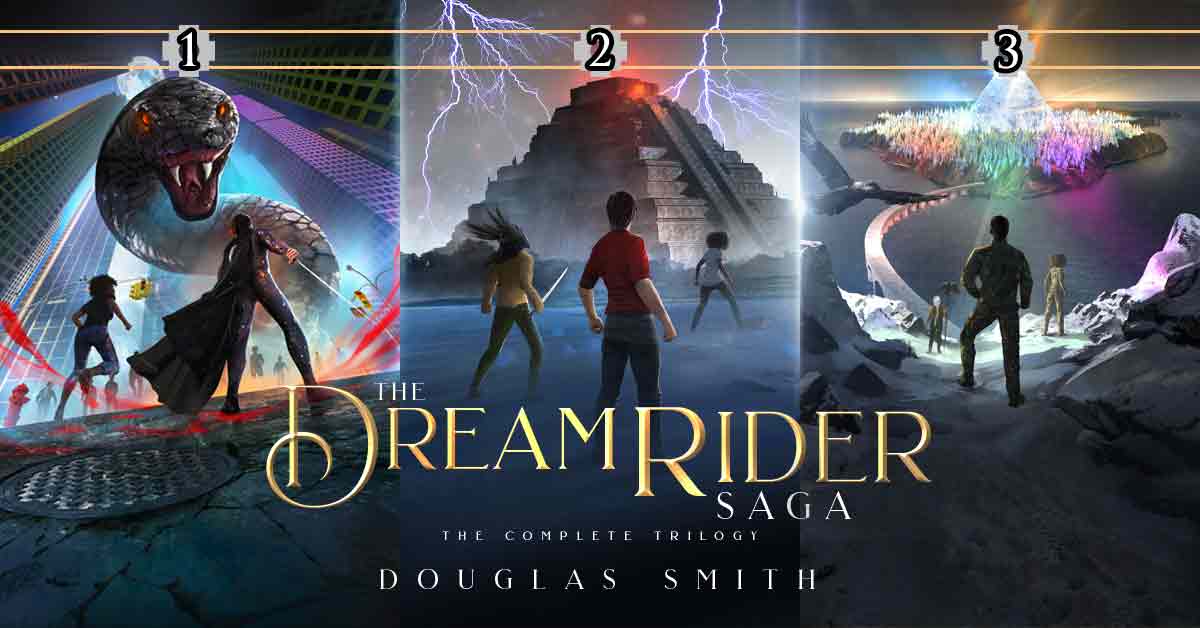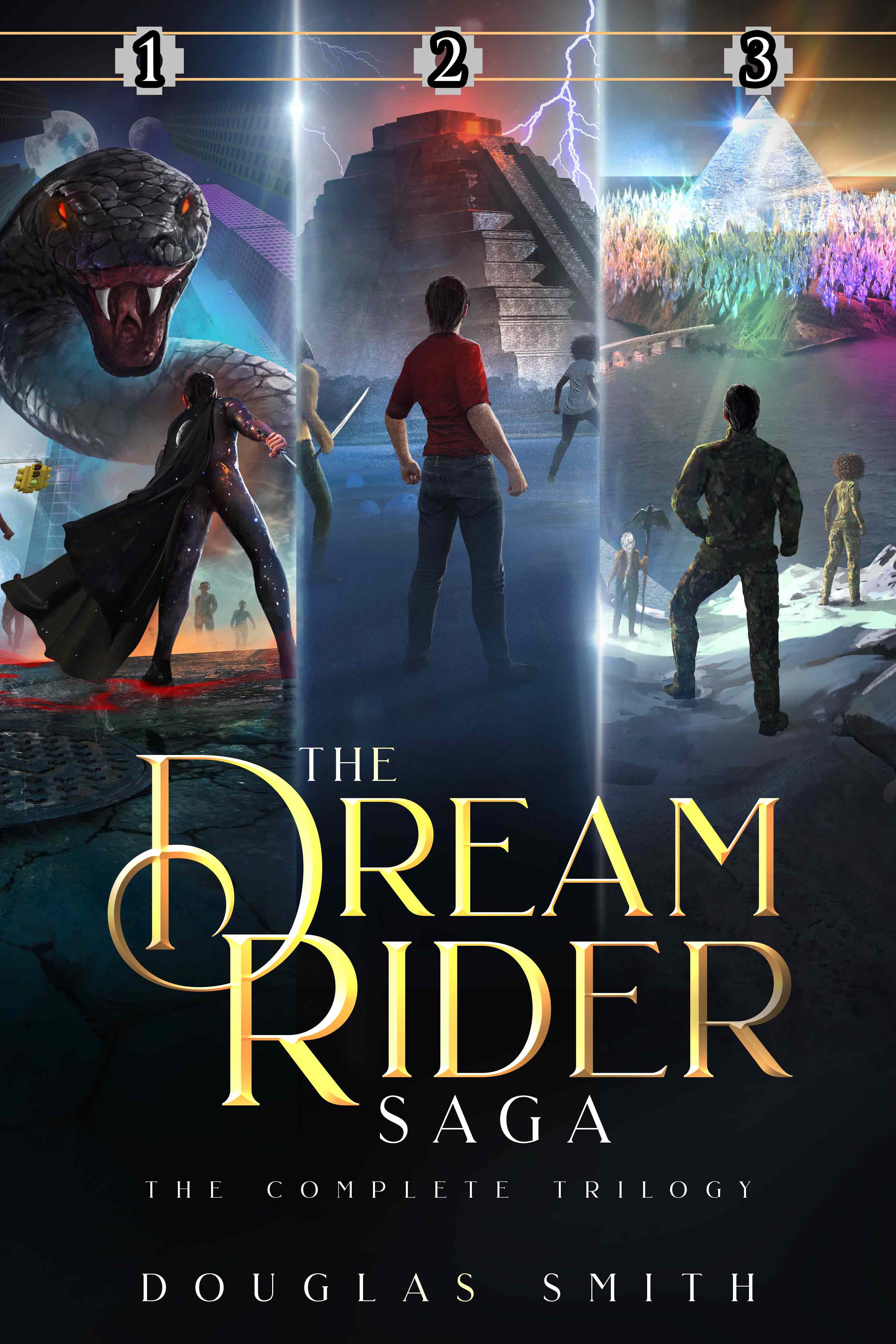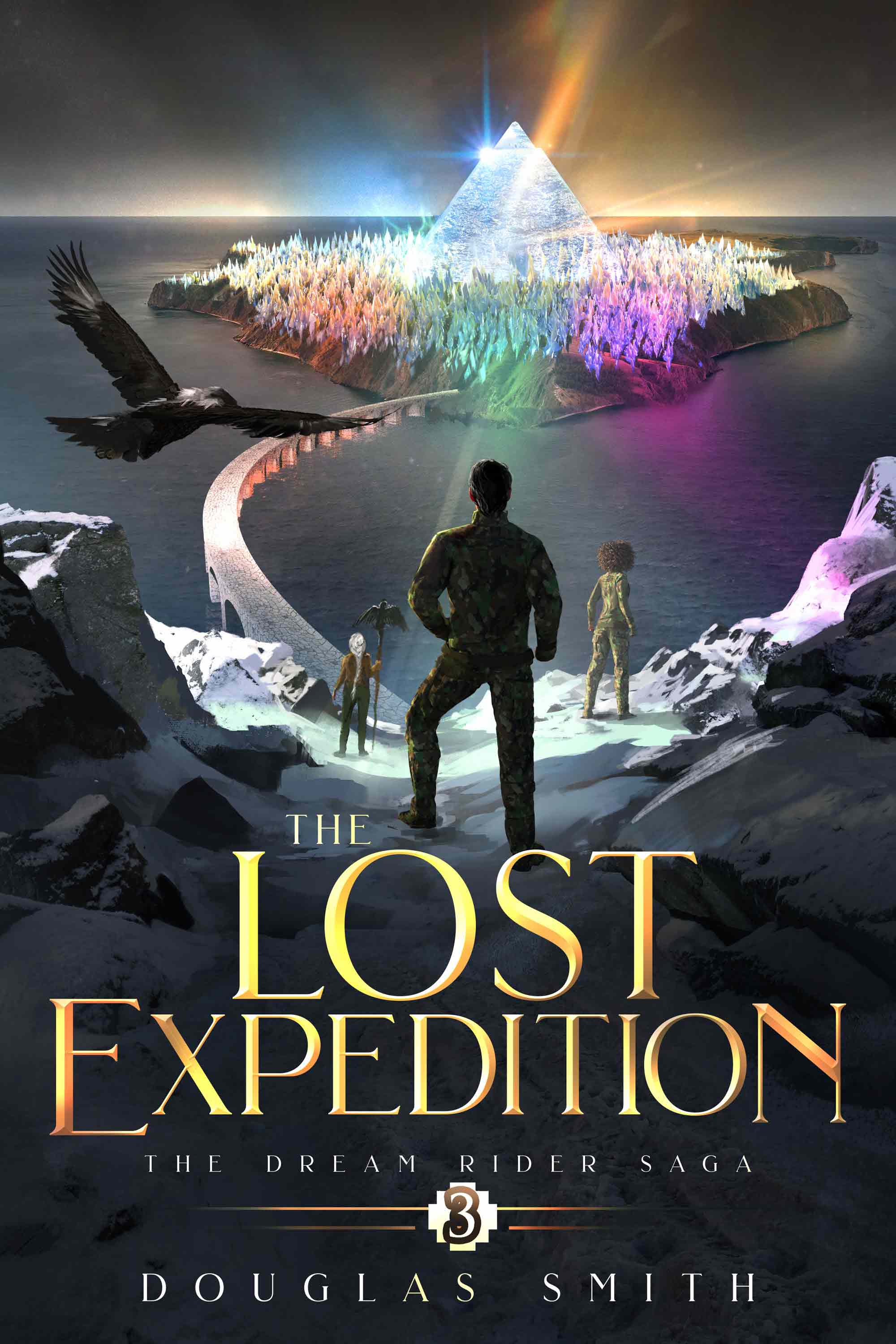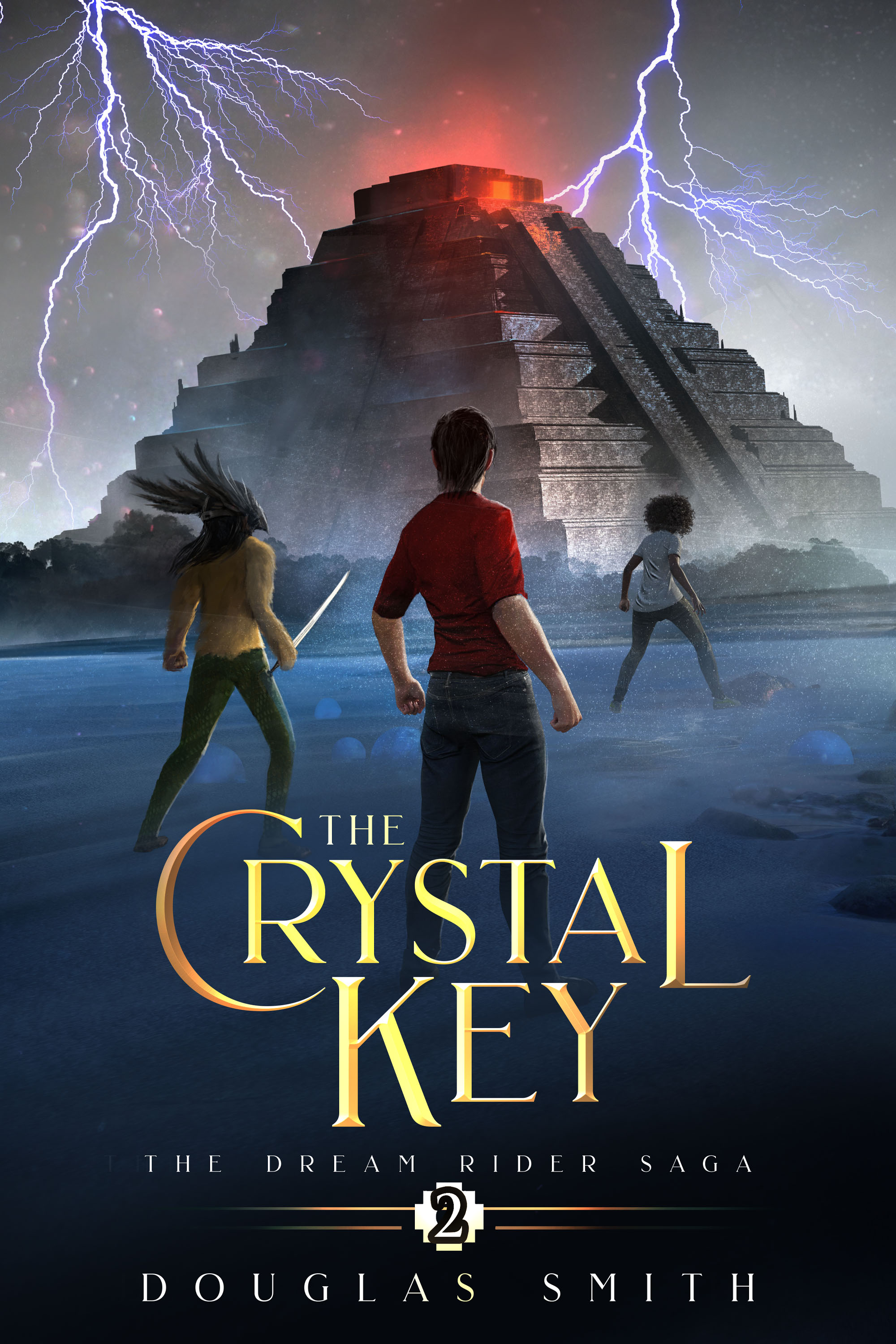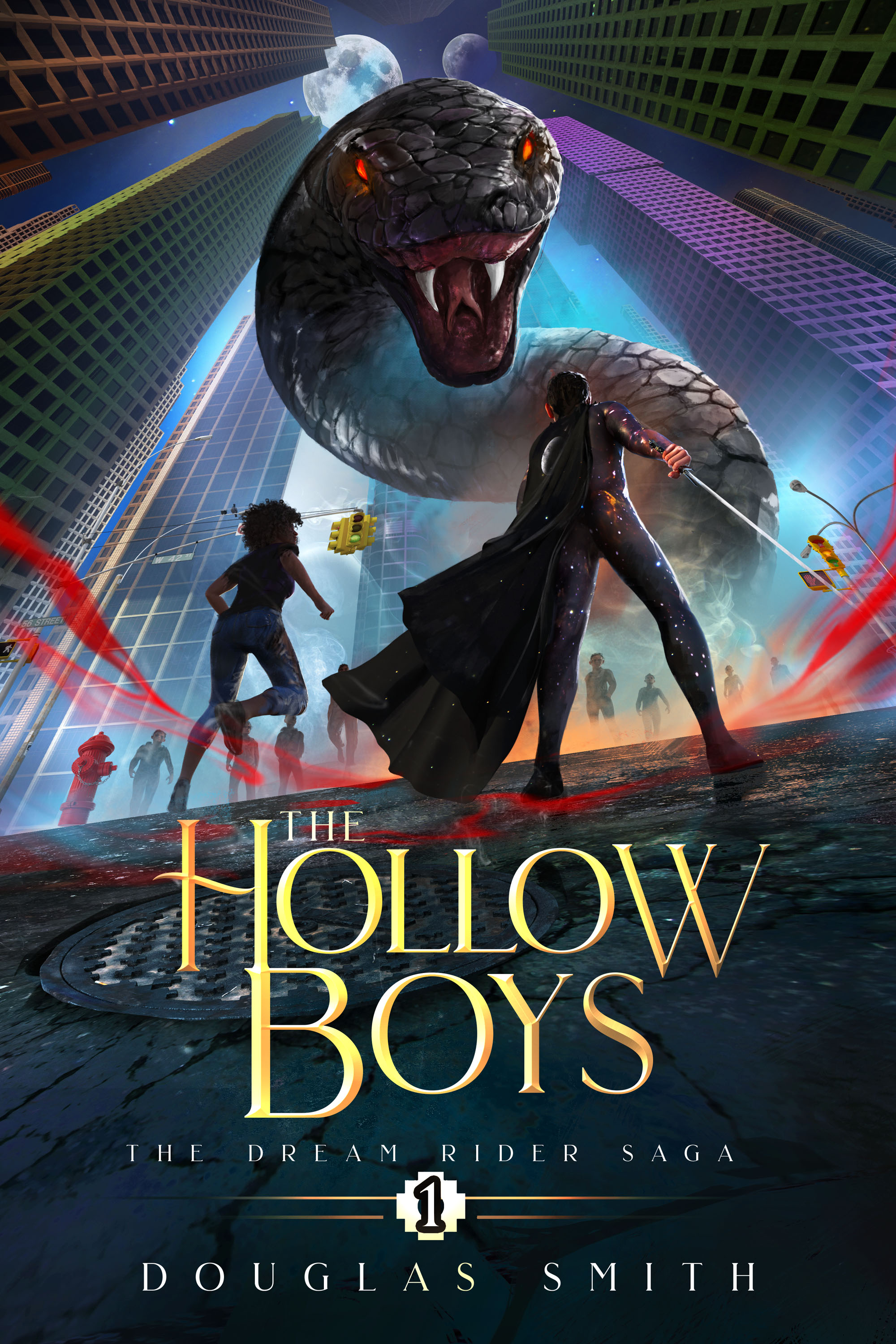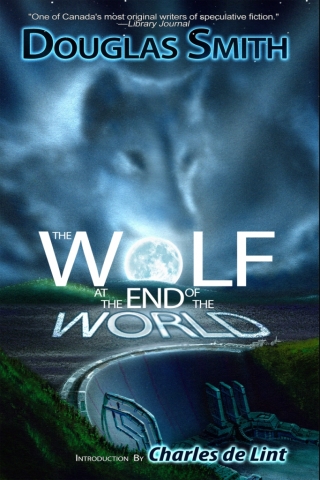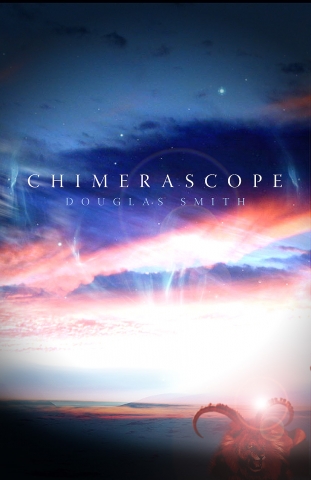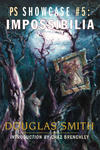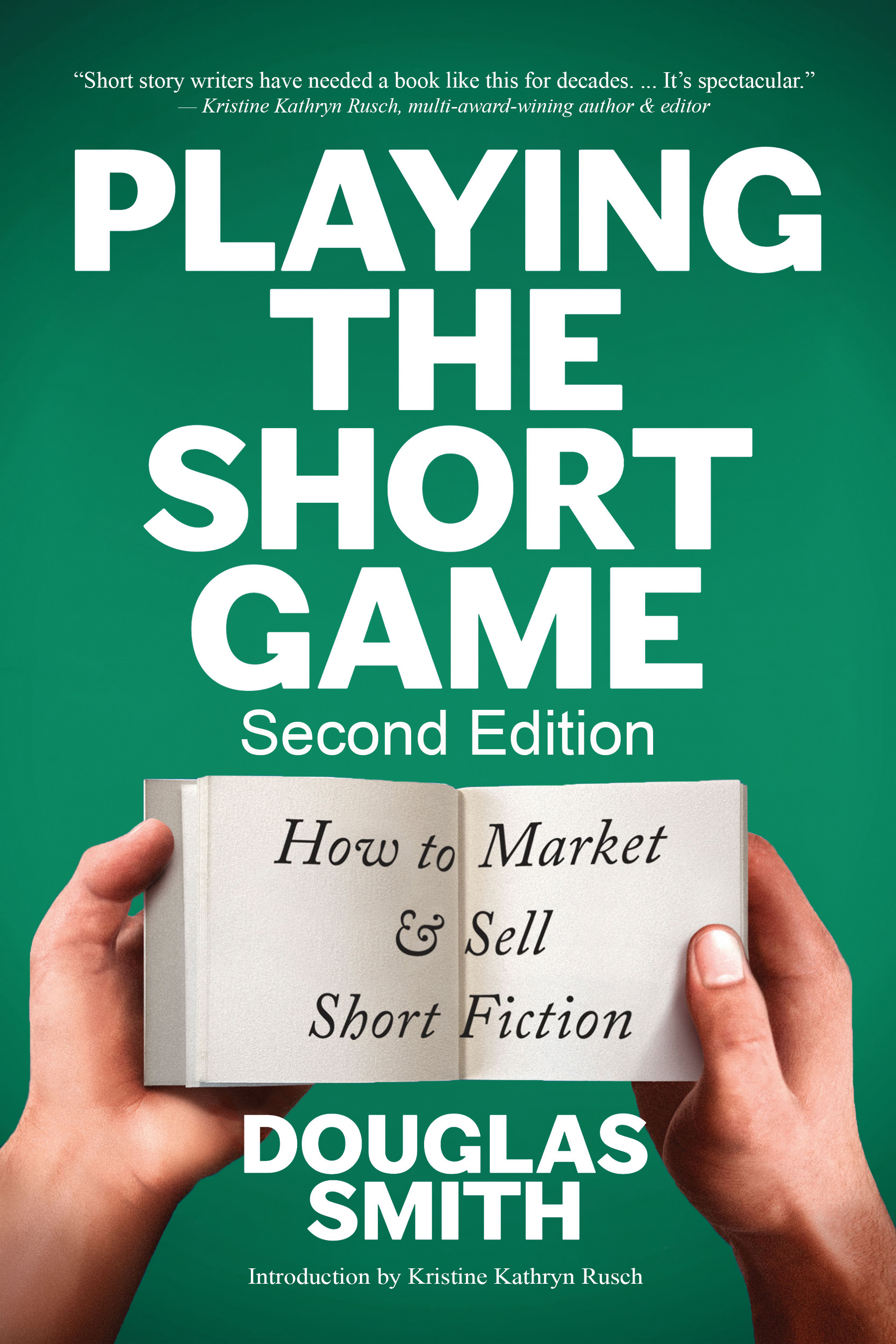"The Dancer at the Red Door" Interview: Q #2
Mark Leslie Lefebvre interviews me on Facebook regarding my Aurora-nominated story, "The Dancer at the Red Door"...
MARK: Thanks for that background, Doug. I'm going to want to ask about your novel a bit later in the interview. But for now I'd like to talk a little bit about DATRD (hope it's okay that I'm abbreviating "The Dancer at the Red Door" in this fashion). This story contains some phenomenal illustrations of the "rut" of commuter working class routines. And I just have to quote from one of them here:
"People shuffled by like the undead, blinking at the sun finally rising over the towers, newspapers clutched like amulets, briefcases hanging like manacles, coffee sucked from cups as if it were their life blood."
That's absolutely brilliant. The way you describe this here and in other parts of the story magnificently foreshadows King's ultimate fate. Can you talk about the manner in which that idea developed when you were creating the story?
DOUG: Thanks, Mark. This story developed in layers, which a lot of mine do, it seems. Roger Zelazny once said that his story ideas tended to come to him in one of three ways: an intriguing character, an unusual idea, or a striking image--and that the best stories combined all three. This story started for me with the image of the Dancer--the scene where she first appears in the story, spinning into view around a corner on a downtown Toronto street, and is completely ignored by everyone except the protagonist. At the time, I was working at the same corner of King and University, and wishing I could focus more on my writing than the day job, so I'm sure that's where the description of the commuter trance came from. I wrote the description of the Dancer's appearance right away, before I even knew what the story was going to be about: "He knew she was mad the moment he saw her. She spun into view around the nearest corner, then froze for a second, au pointe as in ballet, arms raised in two graceful arcs. Then she leapt, landing to waltz through the crowd as if the sidewalk were a ballroom and each scurrying commuter her partner. And with each pirouette, madness whirled around her like dead leaves caught in a forgotten winter wind." And there it remained in my notebook for probably a year or more. I eventually wrote an earlier and much different version of the story around the Dancer, but it just didn't work. I didn't really have the right character to encounter the Dancer, and I didn't have the right idea to drive the plot--I didn't have the right problem for the character to wrestle with. So I shelved that story until Julie and Jana invited me to submit a story for their anthology, UNDER COVER OF DARKNESS, with its theme of secret societies. Once I had that theme, I remembered the Dancer, and the character of King showed up to audition pretty much right away. With King, the idea of a mysterious and exclusive club followed, so I had my character with a problem and the idea, like a pair of bookends around the image of the Dancer. And then it was just a matter of writing the story. I generally jump around when I write, often writing the ending first, but I wrote "The Dancer at the Red Door" pretty much linearly from start to finish.
